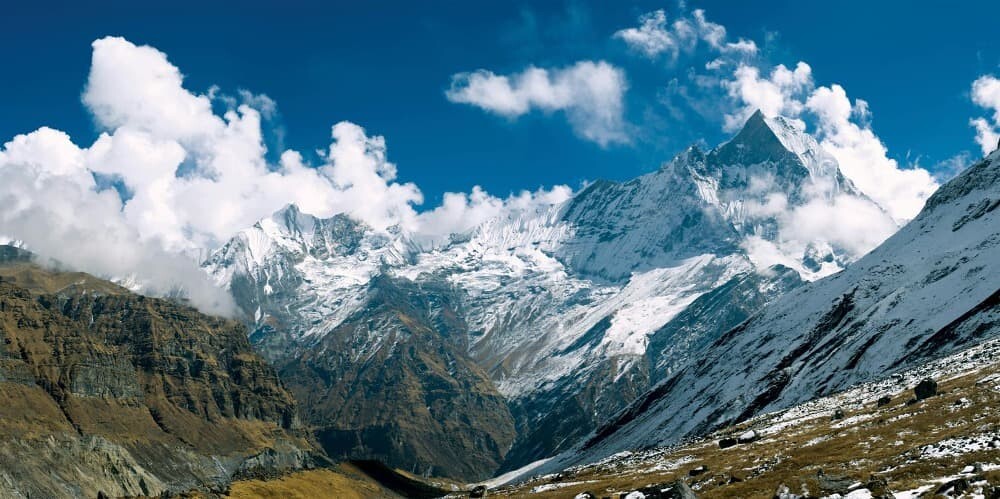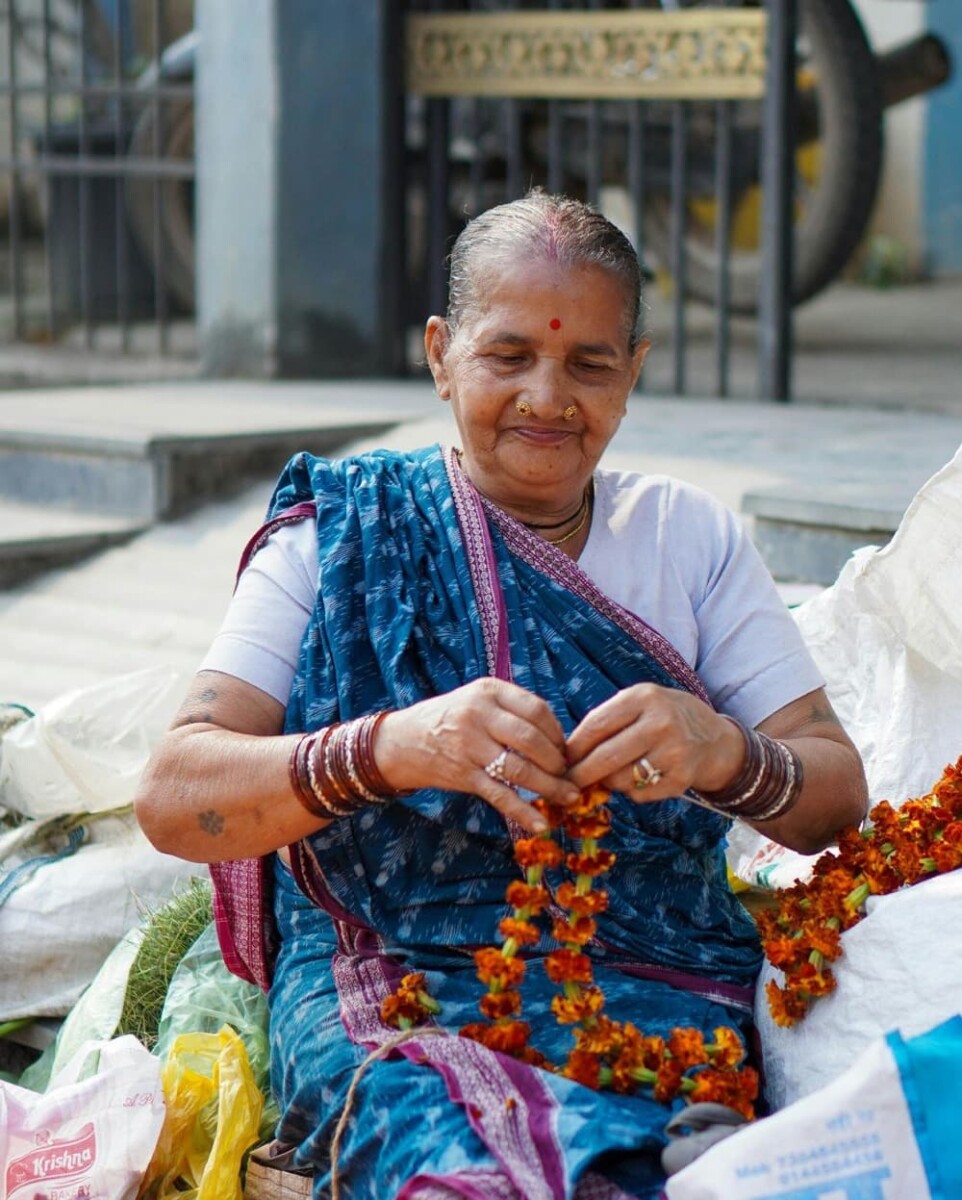A few days ago, we shared some of the activities you can do in Nepal if you choose it as a destination for your volunteer experience.
Considering it’s one of the smallest countries in Asia (approximately 148,000 square kilometers) and that our projects are located in Chitwan and Kathmandu, you’ll have the opportunity to explore it during your free time.
That’s why today we bring you the second part, featuring other destinations that we consider essential, and we’re convinced they won’t leave you indifferent.
CHITWAN NATIONAL PARK
Chitwan National Park, located in the subtropical Terai region in southern Nepal, is one of the country’s most famous wildlife destinations and a UNESCO World Heritage Site. With rich biodiversity, it offers a unique experience for nature and adventure lovers.

The main attractions are:
- Jungle Safari
One of the most popular ways to explore the park is a jeep safari that takes you through dense jungle, grasslands, and rivers, allowing you to observe wildlife in its natural habitat. You can also go on a walking safari with experienced guides, offering a closer connection to nature and the chance to track animals by following their footprints.
The option we DO NOT recommend is elephant rides.
During the safari, with some luck, you might spot the one-horned Indian rhinoceros, Bengal tigers, Asian elephants, crocodiles, and gharials (a long-snouted crocodile), or other species including leopards, sloth bears, deer, monkeys, and over 500 species of birds.
- Canoe Rides
Along the Rapti River, these rides also allow you to spot crocodiles, gharials, and a variety of
water birds in a tranquil and picturesque setting.
- Visits to Tharu Villages
The Tharu are the indigenous community that has lived in the Terai region for centuries. A visit to their villages offers insight into their culture, traditions, and way of life, including the opportunity to see their traditional dances and crafts.
- Elephant Breeding Center
This center is where elephants are bred and cared for. Although it has traditionally been a tourist attraction, there is a growing focus on ethical practices and conservation, so it’s important to be informed and choose visits that respect the welfare of the animals.
- Bird Watching
Chitwan is a paradise for bird watchers, with species including the Sarus crane, common
bittern, crested kingfisher, and many other resident and migratory birds. ● Bicycle Tour
Around the park and along local roads, you can explore the region by bicycle, allowing you to enjoy the scenery and local life at a slower pace.

LUMBINI
Lumbini is one of the most sacred places in the world for Buddhists, known as the birthplace of Siddhartha Gautama, later known as Buddha, the founder of Buddhism. Located in the Rupandehi district in southwestern Nepal, Lumbini is a site of great historical, cultural, and spiritual importance.
According to Buddhist tradition, Prince Siddhartha was born in Lumbini in 623 B.C., in a garden where his mother, Queen Maya Devi, stopped during her journey to her maternal home. This event has made Lumbini a pilgrimage destination for millions of Buddhists from around the world. The site has been recognized by UNESCO as a World Heritage Site since 1997 due to its historical and religious significance.
Main tourist attractions:
- Maya Devi Temple: This is the main sanctuary in Lumbini and marks the exact place where Buddha was born. Inside the temple is a stone that indicates the birthplace and an Ashoka pillar, erected by the Indian emperor Ashoka in the 3rd century B.C., to commemorate Ashoka’s visit to the site.
- Ashoka Pillar: This pillar is one of many that Emperor Ashoka had built at key Buddhist sites. The inscription on the Lumbini pillar confirms the site as Buddha’s birthplace and highlights its historical importance.
- Sacred Garden: Surrounding the Maya Devi Temple, the Sacred Garden is a tranquil and revered area where pilgrims come to meditate and pay homage. It is adorned with the ruins of ancient monasteries and stupas, as well as a small pond where Queen Maya is said to have bathed before Buddha’s birth.
- International Monasteries: Lumbini is also home to a variety of Buddhist monasteries built by different Buddhist countries like Thailand, China, Japan, and Sri Lanka. Each monastery reflects the architectural style and traditions of its country of origin, making Lumbini a mosaic of global Buddhist diversity.
PATAN (LALITPUR)
Patan, also known as Lalitpur, is one of the oldest and most culturally rich cities in Nepal. Located south of Kathmandu in the Kathmandu Valley, Patan is known for its exquisite
architecture, abundance of temples, and vibrant cultural life. The city is an important center of art and craftsmanship, especially famous for its metalwork and wood carving.
Patan has a history that dates back over 2,000 years. Originally known as Lalitpur, which means “city of beauty” in Sanskrit, the city was an important center of Newar civilization. It developed as an independent kingdom and flourished under the rule of the Malla dynasty, especially during the 16th and 17th centuries. During this period, many of the monuments and temples that are the pride of the city today were built.
The heart of Patan is Durbar Square (Patan Durbar Square), an architectural ensemble designated as a UNESCO World Heritage Site. The square is filled with temples, palaces, and shrines, many of which were built in the Newar architectural style, combining Hindu and Buddhist influences.
The essentials are:
- Royal Palace (Patan Durbar): This palace, which was the residence of the Malla kings of Patan, is one of the most impressive buildings in the square. Today, it houses a museum that exhibits art and historical artifacts, including ancient manuscripts, statues, and bronze objects.
- Krishna Mandir Temple: Built in the 17th century, this temple is one of the most outstanding examples of stone architecture in Nepal. It is dedicated to the god Krishna and is famous for its detailed carvings depicting scenes from the Mahabharata and the Ramayana.
- Hiranya Varna Mahavihar Temple (Golden Temple): This Buddhist monastery, known as the “Golden Temple,” is one of the most revered places in Patan. Built in the 12th century, the temple is decorated with images of Buddha and other religious elements, and it is an important center of Buddhist practice.
NAGARKOT
Nagarkot is a popular tourist destination in Nepal, known for its stunning views of the Himalayas, including Mount Everest on clear days. Located about 32 kilometers east of Kathmandu and at an altitude of approximately 2,175 meters above sea level, Nagarkot is a small village that offers tranquility.
From the viewpoint, you can see more than eight mountain ranges, including Langtang, Annapurna, Manaslu, Ganesh Himal, and, of course, Everest, though the latter can only be seen on very clear days. Sunrise and sunset are popular times for visitors.
You can go hiking in the area, and some popular routes are:
- Nagarkot-Changunarayan Trail: This is a moderate trail that takes hikers through rural landscapes, forests, and terraced fields, ending at the Changunarayan temple, one of the oldest Hindu temples in Nepal and a UNESCO World Heritage Site.
- Routes to Dhulikhel or Bhaktapur: For the more adventurous, there are longer hiking routes that connect Nagarkot with other historic towns and villages in the Kathmandu Valley, such as Dhulikhel and Bhaktapur.
Beyond its natural views, Nagarkot holds cultural importance for locals, being a place where various festivals and rituals are celebrated. Additionally, Nagarkot’s proximity to historically and religiously significant places, such as the Changunarayan temple and the city of Bhaktapur, adds cultural appeal.
Other places you can’t miss are:
- Bandipur:
A small mountain town with traditional Newari architecture and stunning views of the Himalayan range.
- Gorkha:
Visit Gorkha Palace, the birthplace of the unification of Nepal, with its impressive
architecture and panoramic views. ● Sagarmatha National Park:
This park includes the Everest region and is a World Heritage Site, with incredible mountainous landscapes and traditional Sherpa villages.
- Rara Lake:
Located in the remote northwest of Nepal, it is the largest lake in Nepal, surrounded by
mountains and forests, ideal for those seeking tranquility and nature. Have we convinced you to come to Nepal yet?
WE’LL BE WAITING FOR YOU THERE




